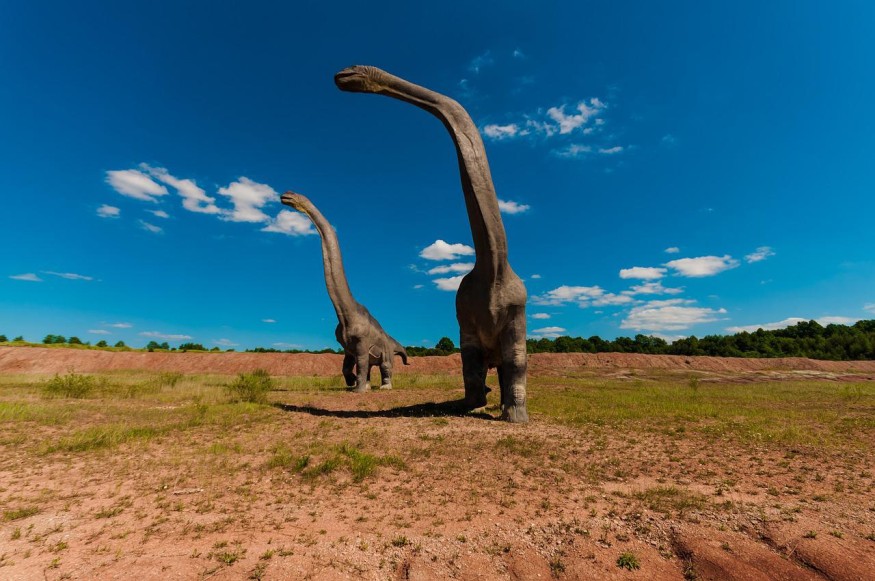When the large meteor landed on Earth 65 million years ago, it did more than just kill all the dinosaurs on Earth. The devastation from the impact not only led to the mass extinction of many plant species but affected the evolution of new plants due to the absence of large herbivores.
Researchers from Leipzig University and the German Centre for Integrative Biodiversity Research (iDiv) reported that the first 25 million years of large herbivore absence have slowed down the evolution of new plant species in which defensive features, like spines, have regressed and fruit sizes increased. The team demonstrated this in their study using palm trees.

Evolutionary Speed of Plants Changed After Dinosaur Extinction
The team of researchers analyzed fossil and living palms today to see how the plant's evolution was affected by the dinosaur extinction millions of years ago. According to Science Daily, genetic analyses allowed scientists to track the evolutionary developments of plants during and after the absence of megaherbivores.
Their study, titled "The Megaherbivore Gap After the Non-avian Dinosaur Extinctions Modified Trait Evolution and Diversification of Tropical Palms" was published in the journal Proceedings of the Royal Society B, is the first to confirm the scientific assumption that many palm species that bore large fruits with spines and thorns in their trunk and leaves changed after dinosaur extinction.
The team found that the "evolutionary speed" decreased. During the presence of megaherbivores, palm species with small fruits arose, but the size of fruits increased after the extinction. On the other hand, those with large fruits remained almost constant without large herbivores.
Study first author Dr. Renske Onstein said their findings debunk previous knowledge that the large palm fruits depended exclusively on megaherbivores because apparently, small herbivores eat large fruits and spread the seeds with their excretions.
The team concluded that the lack of large herbivores led to denser vegetation in which larger fruits and seeds have an evolutionary advantage.
Presence of Megaherbivores Did Not Help
Aside from the changing fruit sizes, the defense traits of plants have decreased since there are no predators anymore and offered no evolutionary advantages anymore. However, some of these traits returned in most palm species as new large herbivores emerged.
The new megaherbivores include ground sloths, elephants, and rhinos. However, even the presence and reappearance of large herbivores years later could only partially influence the changes that had already taken place for millions of years, Newsweek reported.
The team hopes that their research has shed light on the evolution and adaptation during the megaherbivore gap that affected the history of plant evolution, especially the loss of traits during the gap has significantly affected important ecosystem functions, like seed dispersal and herbivory. Understanding the impact of the large herbivore absence can also help future ecological developments.
RELATED ARTICLE: Evolution of Carnivorous Plants: Here's How These Leafy Organisms Became Meat Lovers
Check out more news and information on Evolution in Science Times.










